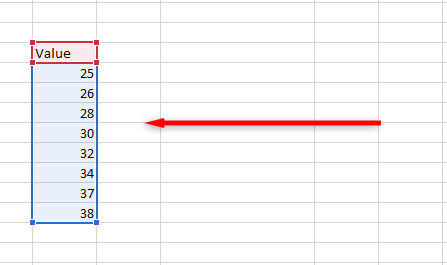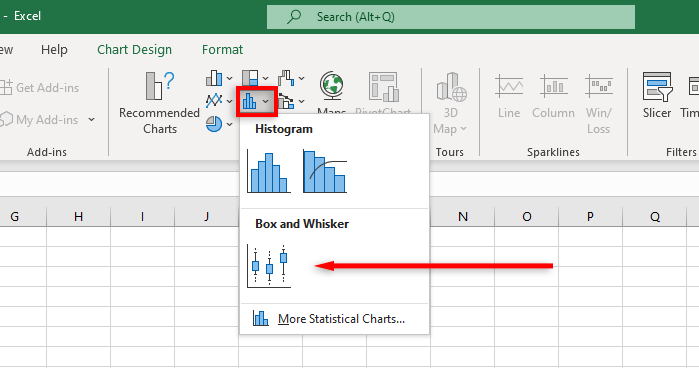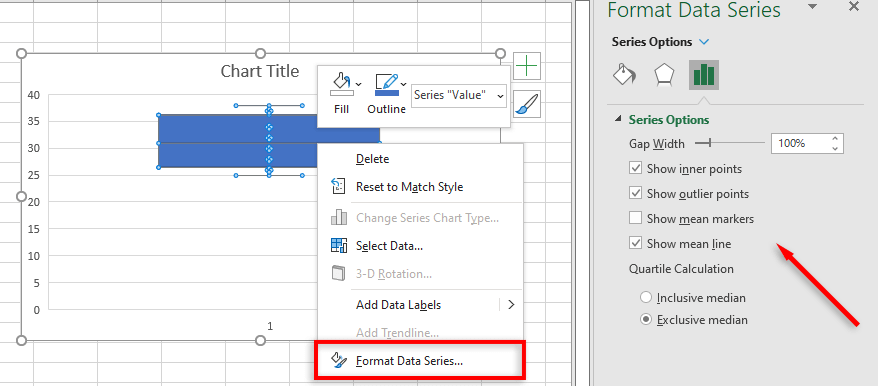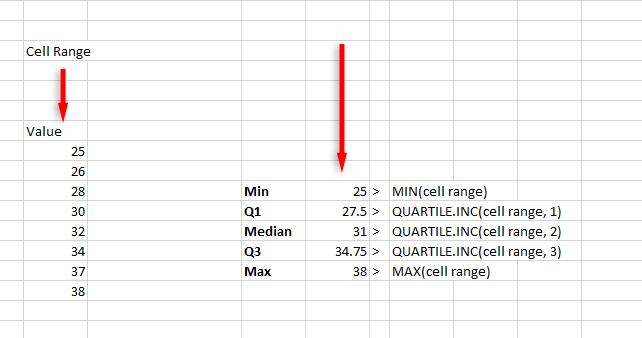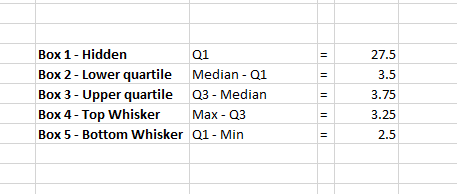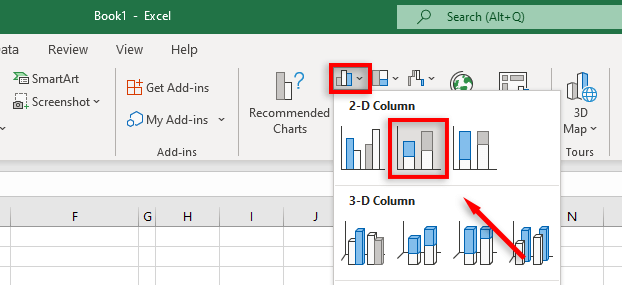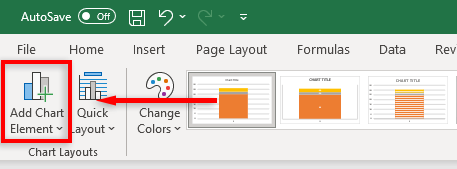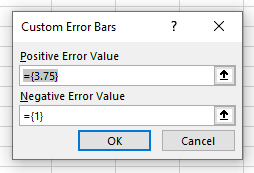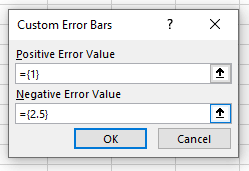In this article, we’ll cover how you can create a box plot in Microsoft Excel, covering both Excel 365 and older versions for those yet to upgrade.
Box Plots: What Are They?
A box plot is a method of displaying data that helps visualize statistical qualities like the spread and variability of the data. It shows a single bar (the box) split in two, with lines (the whiskers) extending to either side of the box. Each of these elements visualizes the five-number summary of a set of numerical data. They look like this and can be displayed horizontally or vertically: To understand the five-number summary, let’s take a look at a sample data set. 25, 26, 28, 30, 32, 34, 37, 38
How to Create a Box Plot in Excel 365
In Office 365, Microsoft Excel includes box plots as a chart template, making it easy to create a visual plot for your data. If you aren’t sure how to use Excel, learn the basics first.
To create a box plot:
4. Click Insert Statistic Chart then Box and Whisker.
Note: If you insert an empty chart, you can input your data set by selecting the Chart Design tab and clicking Select Data.
Excel will now create a bare-bones box and whisker chart. However, you can customize this Excel chart further to display your statistical data exactly how you’d like it.
How to Format a Box Plot in Excel 365
Excel allows you to style the box plot chart design in many ways, from adding a title to changing the key data points that are displayed.
The Chart Design tab allows you to add chart elements (like chart titles, gridlines, and labels), change the layout or chart type, and change the color of the box and whiskers using built-in chart style templates.
The Format tab allows you to fine-tune your color selections, add text, and add effects to your chart elements.
To add further display elements, right-click the box and whisker plot and select Format Data Series from the drop-down menu.
The options include:
How to Create a Box and Whisker Plot in Older Versions of Excel
As older versions of Excel (including Excel 2013 and Excel 2016) don’t include a template for the box and whisker chart, creating one is much more difficult. First, calculate your quartile values using the following formulae and create a table: Note: For cell range, drag and select your data set(s). Next, calculate the quartile differences in a separate table (these relate to the box heights): You can then create a chart using these values: To add the top whisker: To add the bottom whisker: You now have a basic box and whisker plot for your data set. You can customize this further by adding a mean line or dot, changing the colors, and altering the chart style.
Statistical Analysis Has Never Been Easier
Luckily, with newer, more powerful versions of the program, visualizing and analyzing data has become much simpler. With this tutorial, you should have a firm grasp of how a box and whisker plot is used and how you can set one up in an Excel workbook.





